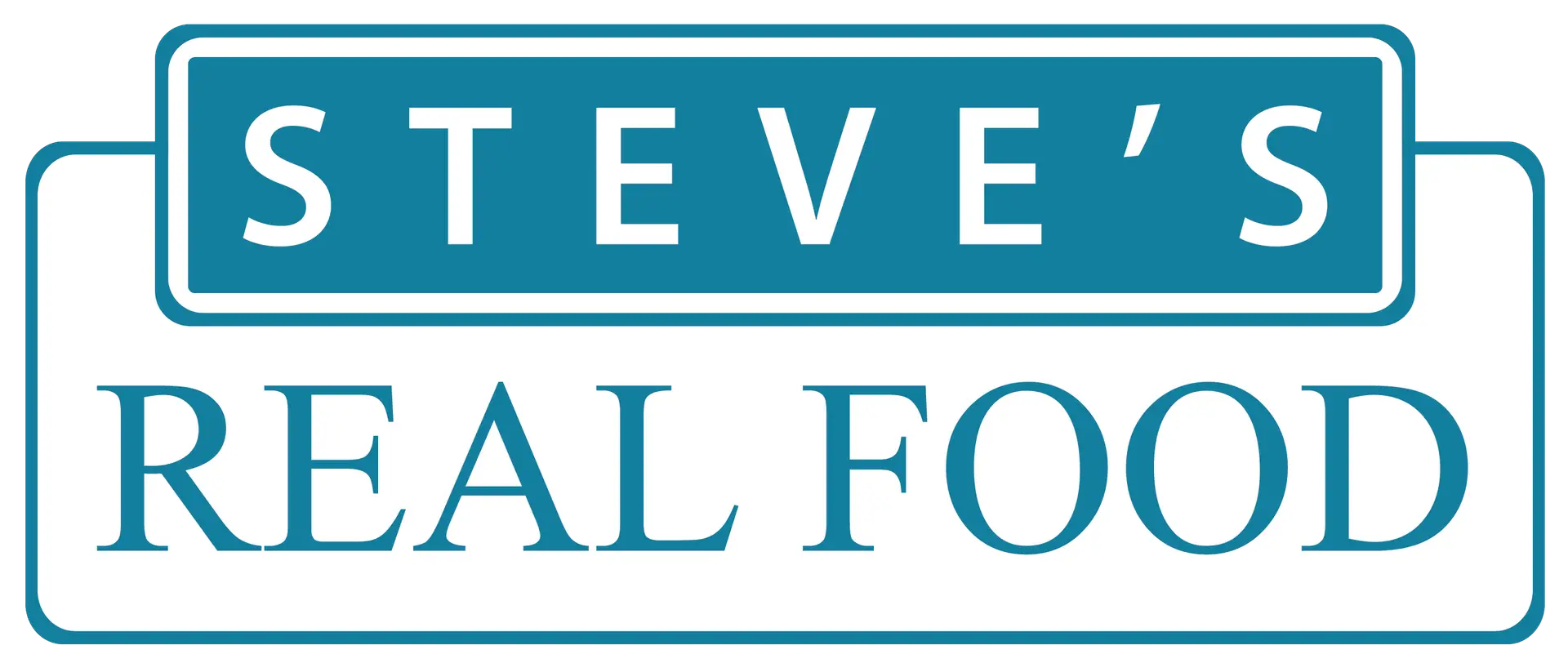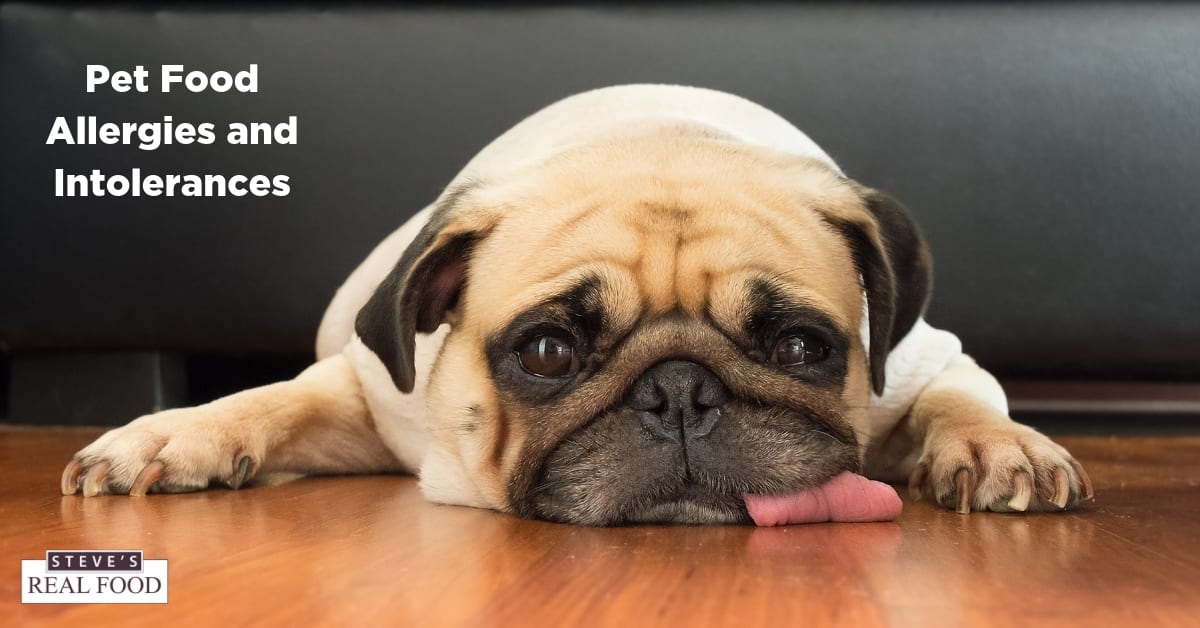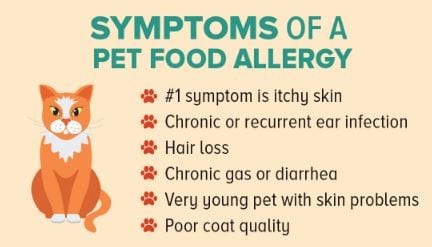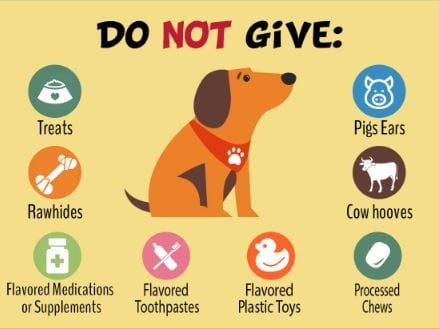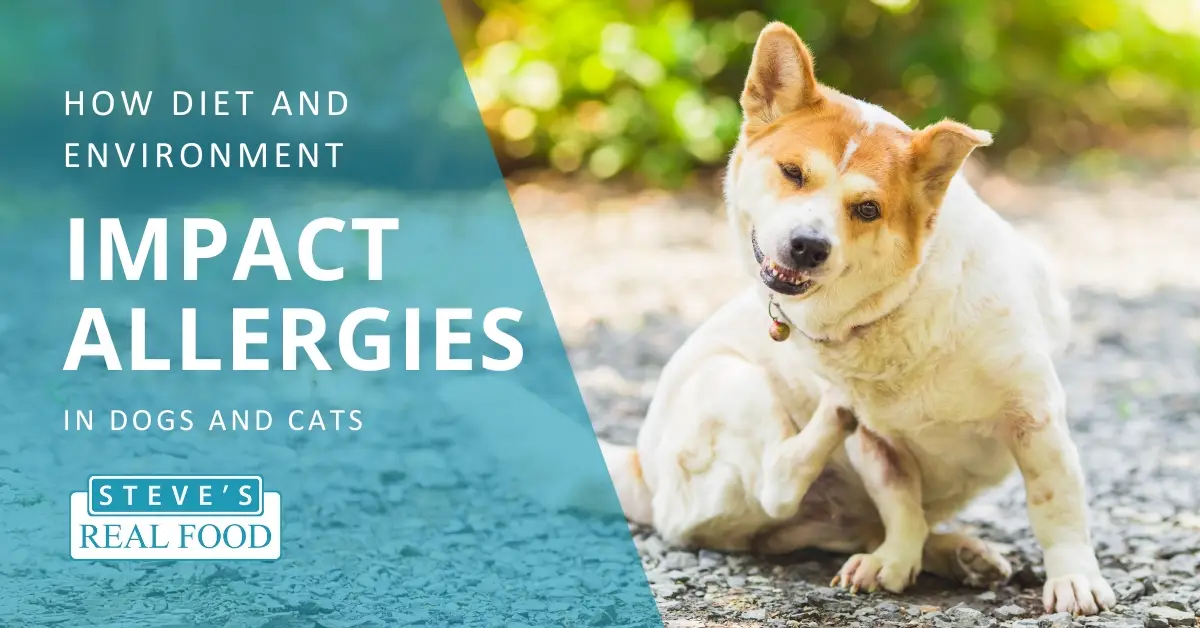Before buying and feeding your cat or dog pet food, it is important that you check the ingredients used to make the food. This is because some of these foods may contain ingredients that could result in pet allergies. If you are to avoid such ingredients, here are some things you will want to familiarize yourself with before making a pet food selection.
What is a Pet Allergy?
Pet allergies are caused by an overreaction of the immune system after the pet has been constantly exposed to potential allergens. There are basically two kinds of dog allergies – environmental allergies and food allergies. Some of the common substances that cause these reactions in dogs are:
- Trees, weeds, grass, and pollen
- Dust and dust mites
- Mold
- Feathers
- Dander
- Household cleaning products
- Fleas and flea-control products
- Ingredients such as corn, wheat, and soy
If the immune system of an animal misidentifies a protein in food as an invader rather than a food item, it will mount an immune response. This is what is referred to as a food allergy.
The Difference Between a Food Intolerance and a Food Allergy
Although food allergy and food intolerance are both terms used when talking about unusual responses to food, they are different in several ways. “Allergy” and “hypersensitivity” are terms that tell of immunologic responses to food allergens to which there was previous exposure to bring about symptoms. Food allergies result from the reaction of the immune system and are characterized by symptoms such as skin conditions, itching, swelling, and irritation in the ears. On the other hand, food intolerances do not create a typical allergic response and the affected animal will either diarrhea or vomit. Unlike food allergies, food intolerance does not involve the immune system and can occur with the first exposure to a certain food. Intolerance to food in pets can be compared to the digestion disorders characterized by stomach upset or diarrhea in people with lactose intolerance. The best way to deal with this problem would be to identify the particular food causing it and then eliminating it from the daily diet. Since similar symptoms accompany both abnormal reactions, it may require veterinary guidance to tell them apart.
The Trouble with Many Commercial Kibble Diets
Skin allergies and skin conditions can make pets downright miserable. If your pet is experiencing digestive upset, here are some things to consider when evaluating the food you’re giving your pet:
- Common Allergens are Common Ingredients – Some of the most common ingredients found in popular commercial pet foods can be allergenic. Common potential culprits to which pets may react are wheat, corn, soy, rice, milk, potato, yeast, and some animal proteins.
- Lack of Variety – A myth perpetuated by the pet food industry is that your pet should only be fed one kind of food their entire life. Pet food loyalty is another common cause of health issues in dogs. Feeding your pet the same food daily over a number of years increases the chances of a reaction to certain food ingredients. Switching up proteins with the same pet food can help combat developing an allergy.
- Fillers – Many commercial pet food manufacturers use fillers to make pet food cheaper to produce. However, research has shown that the fillers are not biologically appropriate for dogs and cats and can cause stress on the immune system. The end result can be hypersensitivity and allergic responses to the fillers.
- Additives: Other substances that can trigger food intolerances are flavor enhancers, emulsifiers, preservatives, dyes, sugars, as well as hormones and chemicals found in the meat used to manufacture pet food. In some cases, food intolerances can develop to become systemic allergic reactions.
- Poor Quality Protein: Low-quality sources of protein such as hooves, beaks, and feathers can potentially initiate allergic reactions in pets. There is protein in a leather boot, but that won’t provide the same benefit as protein from a good cut of fresh meat.
- Kibble has low digestibility: Just like eating a bunch of crackers without something to wash it down is a lot of work, a dog’s system has to do a tremendous amount of work to break down kibble and hunt down the nutrients and put them to use. By the time a dog’s gut does all this work, their digestive system is spent. In both humans and dogs, the digestive and immune systems are closely tied. As such, when the digestive system is taxed, there will be some adverse effect on the immune system. This makes it more difficult for some dogs to fight off allergens and inflammation.
Diagnosis of Food Allergies in Pets
The first step in identifying the best dog food for dogs with allergies is to understand what food allergies are and the common factors that cause them. Today, dietary elimination trial makes for the best method of diagnosing food allergies. For instance, a pet that has been fed on beef and rice-based food for several years can be gradually moved to a novel protein source such as rabbit, pork, or kangaroo. It is important that both the primary carbohydrate and protein sources in the current diet are identified so that the new diet does not contain the same ingredients. Once the elimination food trial is done, foods can be introduced one at a time, with the animal’s response being monitored closely. During the elimination diet, it is important not to give your pet anything but the recommended diet until the culprit is determined. This means not giving your pet treats or flavored medicines.
Hypoallergenic Food for Pets with Allergies and Food Intolerances
It is recommended that you rotate protein sources in your pet’s diet. This provides a wide variety, broadens the nutritional base and reduces the risk of food sensitivity. You may also consider a diet of natural raw foods that providethe pet with a variety of meats and vegetables, keeping their bodies nourished and their immune systems strong. In the end, a pet with a strong immune system will have a better chance of fighting off allergens without the need for medication.
Enjoy the Rewards of Feeding Raw – Ask Your Local Pet Store for Steve’s Real Food
If you’re looking for a natural, whole pet food, ask your local pet store for Steve’s Real Food. Steve’s Real Food‘s tater-tot sized nuggets allow you as a pet parent to simply pour and serve. You don’t have to defrost it overnight, you don’t have to cut up raw meat, and you don’t have to mix it with anything. It is 100% complete and balanced, made from only the most superior ingredients on the market. We are so proud of the ingredients we use that we gladly share who we buy from so you can have the same level of confidence as we do.
